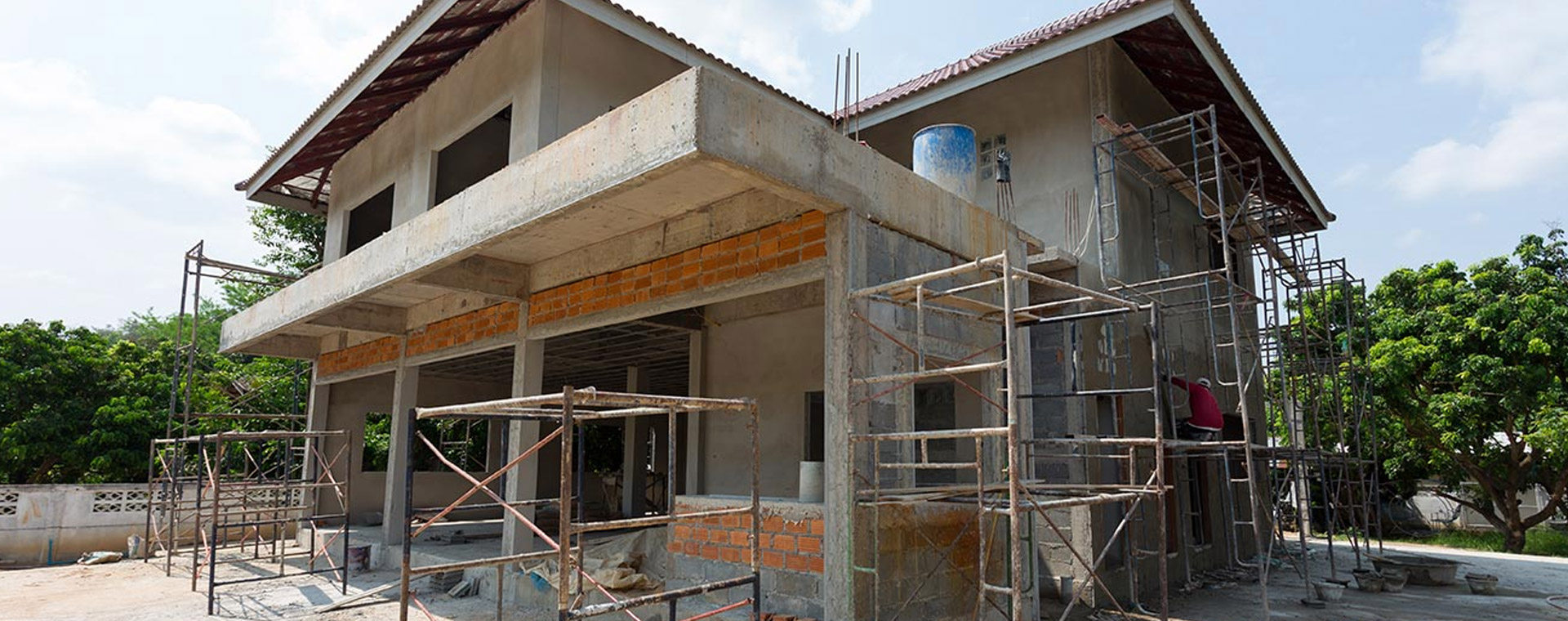From Blueprint into Actuality: A Path of New Home Construction

Creating a brand new home can be one of the most truly fulfilling moments in life, brimming with excitement and creativity. However, the path from design to completion is also a demanding journey that requires meticulous preparation and thought. Whether you dream of a comfortable family home or a state-of-the-art architectural design, grasping the steps involved in house construction is essential for making informed decisions.
In this resource, we will lead you through each step of creating a fresh home, from the initial organization and layout choices to the final details before settling. We will explore important subjects like timeframes, cost estimation, and resources, while also addressing common queries you may have, such as how long it requires to create a brand new home and what to consider when choosing a home builder. Whether you are a inexperienced homebuyer or looking to create your perfect living environment, this article will provide essential information to help you manage the process ahead.
This Building Process
Building a new home involves a methodical process that unfolds in several stages. At Longshaw Construction , the site preparation begins with cleaning the land, grading the lot, and creating a solid foundation. This foundation is essential as it bears the entire weight of the structure. After the groundwork is laid, the framework of the home is constructed, including walls, roof trusses, and key structural components. This phase is typically when the entire size and scale of the home starts to be visually apparent, helping homeowners to start to envision their future living space.
After the framing is complete, the construction process advances to the setup of major systems such as plumbing, electrical, and HVAC. This stage is crucial for making sure that the home will be usable and comfortable. After these essential systems are in place, insulation is installed to promote energy efficiency and comfort all year round. After insulation, the interior walls are sealed, and the home starts to achieve its definitive form with drywall installation, which is an important milestone for many contractors.
As the construction advances, focus changes to the finishing touches that make a house a home. This includes flooring, cabinetry, and countertops, followed by painting and finishing touches. It's at this point that the customization of the space becomes apparent, with homeowners selecting colors and materials that reflect their style. Additionally, external features like siding, roofing, and landscaping come together to enhance curb appeal. This phase wraps up with inspections to make sure all work meets building codes and quality standards, preparing for the last walkthrough before moving in.

Financing and Budgeting
As you embarking on the journey of building a new home, understanding how to support it is crucial. There are various options available, which include traditional mortgages, construction loans, and even specialized loans for first-time builders. Construction loans usually cover the cost of constructing the home and turn to a mortgage once construction is complete. It is important to evaluate your financial situation and determine which loan type corresponds best with your needs. Consulting with a money consultant or mortgage broker can offer valuable insights into your optimal financing options.
Budgeting for a new home construction goes beyond just the cost of land and materials. It is crucial to factor for multiple expenses, including work, permits, inspections, and likely delays. A carefully crafted budget should also factor in contingencies for unexpected costs, which frequently arise during construction. By being prepared and meticulously estimating these costs, you can avoid money troubles and ensure that you have the funds to complete your new home.
Finally, overlooked costs can often derail a new home construction project if you are not prepared. Expenses such as utility connections, landscaping, and even interior finishes can easily add up. To lessen surprises, it is prudent to conduct thorough research and obtain detailed quotes from contractors. Being transparent with your builder about your budget and goals will also help in making wise decisions. With careful planning and budgeting, you can convert your dream home from blueprint to reality without money problems.
Design and Construction Options Choices
Picking the right style and construction options for your new home is a vital step that shapes not just the appearance but also the usability and durable resilience of your living area. It's crucial to think about the overall layout, whether you like an open concept that fosters communal living or a traditional layout that offers more privacy. Additionally, think about how the style complements your lifestyle. Incorporating smart home features can boost comfort and effectiveness, turning your home not only elegant but also modern and practical.
When it pertains to materials, choosing high-quality choices is essential. This decision affects everything from your home's power efficiency to its upkeep needs. For instance, using eco-friendly materials can assist lower utility bills and increase comfort. Common choices include sustainable materials like bamboo flooring and reclaimed wood, which not only offer beauty but also reduce environmental impact. Each option brings distinct properties that can enhance your home, so weigh these options carefully before finalizing a decision.
Finally, think about how your style selections work together with the exterior of your house. Choices like brick, wood, or stucco can significantly change the visual attractiveness and maintenance of your home. By aligning your construction selections with your architectural vision, you can create a unified look that embodies your individual style while also standing the test of time. Ultimately, careful design and material selections create a solid basis for your new home, ensuring it meets your needs for decades to follow.
